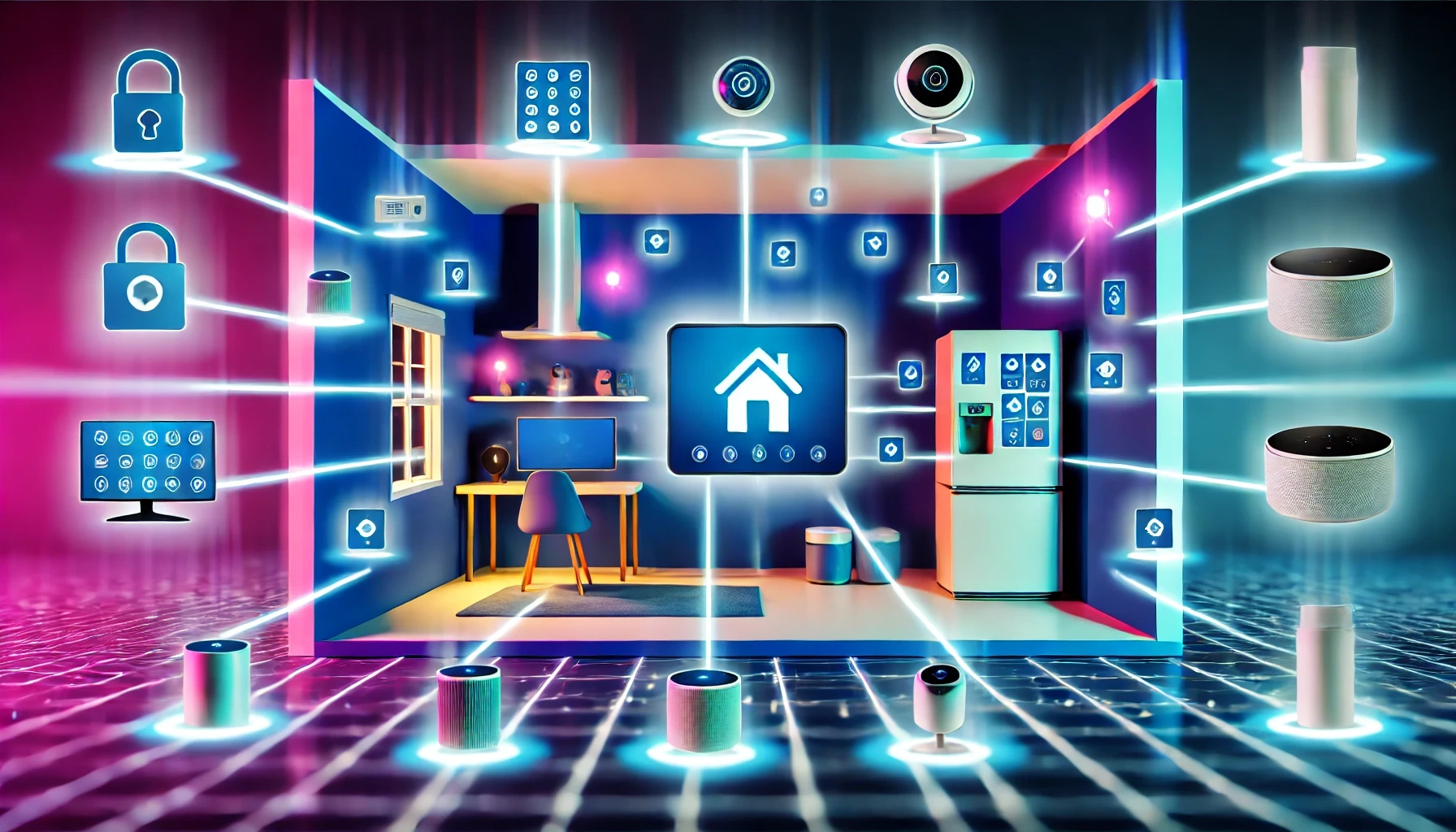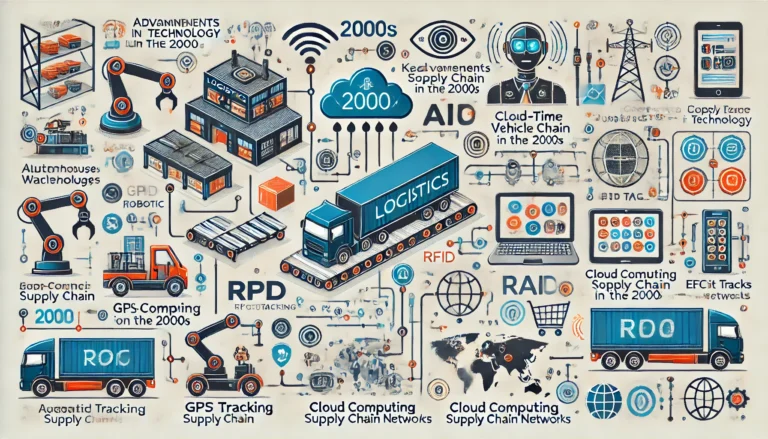Smart Home Devices: Revolutionizing Modern Living
In today’s fast-paced world, technology continues to transform how we live, work, and interact with our environment. Smart home devices are at the forefront of this revolution, providing unprecedented convenience, efficiency, and security. These devices are not only reshaping homes but also redefining the concept of comfort and automation.
Whether you’re a tech enthusiast or a homeowner looking to modernize your space, understanding the role and benefits of smart home devices is essential. This article explores the world of smart home technology, the various devices available, and how to integrate them into your daily life effectively.
What Are Smart Home Devices?
Smart home devices are internet-connected gadgets that can be controlled remotely through smartphones, tablets, voice assistants, or centralized hubs. These devices utilize technologies such as Wi-Fi, Bluetooth, and Zigbee to communicate and perform tasks autonomously or through user commands.
How They Work
Smart home devices operate on a network that connects them to a centralized system or directly to a user’s device. The setup typically involves:
- Device Hardware: The physical gadget, such as a smart thermostat or a security camera.
- Connectivity: Communication through Wi-Fi, Zigbee, or Bluetooth.
- Control Interface: A mobile app or a voice assistant enabling user interaction.
- Automation Software: AI-powered algorithms that enable the device to perform tasks independently, such as adjusting the thermostat based on weather conditions.
Types of Smart Home Devices
The market for smart home devices is vast, catering to various needs, from home automation to security. Below are the key categories of smart home devices:
1. Smart Security Systems
Ensuring the safety of your home and loved ones is a top priority, and smart security systems provide cutting-edge solutions.
a. Smart Cameras
- Features: Live streaming, motion detection, night vision, and cloud storage.
- Examples: Ring, Arlo, Google Nest.
- Benefits: Monitor your property in real-time from anywhere in the world.
b. Smart Doorbells
- Features: Video streaming, two-way audio, and motion alerts.
- Examples: Ring Video Doorbell, Eufy Video Doorbell.
- Benefits: Know who’s at your door, even when you’re away.
c. Smart Locks
- Features: Keyless entry, biometric authentication, and remote locking/unlocking.
- Examples: August Smart Lock, Yale Assure Lock.
- Benefits: Enhanced security and convenience for accessing your home.
2. Smart Lighting
Transform the ambiance of your home with customizable smart lighting.
- Features: Color-changing LEDs, dimming options, and remote control.
- Examples: Philips Hue, LIFX, Wyze Bulb.
- Benefits: Save energy, create mood lighting, and automate schedules.
3. Smart Thermostats
Optimize your energy usage with smart thermostats that adapt to your preferences.
- Features: Remote temperature control, learning capabilities, and energy reports.
- Examples: Nest Thermostat, Ecobee smart thermostat.
- Benefits: Lower energy bills and maintain a comfortable indoor environment.
4. Smart Speakers and Hubs
Smart speakers serve as the central hub for controlling other smart devices.
- Features: Voice assistants like Alexa, Google Assistant, or Siri.
- Examples: Amazon Echo, Google Nest Hub, Apple HomePod.
- Benefits: Hands-free control of smart devices, entertainment, and information retrieval.
5. Smart Appliances
Upgrade your kitchen and laundry with smart appliances that bring efficiency to everyday tasks.
- Features: Remote operation, energy monitoring, and integration with smart assistants.
- Examples: Samsung Family Hub Refrigerator, LG Smart Washing Machine.
- Benefits: Simplify chores and gain insights into usage patterns.
6. Smart Entertainment Systems
Enhance your leisure time with smart TVs, soundbars, and streaming devices.
- Features: Voice control, high-resolution displays, and seamless app integration.
- Examples: Roku, Amazon Fire Stick, and Sonos Speakers.
- Benefits: Personalized entertainment experiences and streamlined controls.
Advantages of Smart Home Devices
1. Enhanced Convenience
Control lights, locks, and appliances remotely, making daily tasks more manageable.
2. Energy Efficiency
Devices like smart thermostats and energy-monitoring plugs help reduce power consumption, leading to lower utility bills.
3. Improved Security
Real-time monitoring, alerts, and automation provide peace of mind regarding home safety.
4. Customization
Create personalized schedules and settings to suit your lifestyle.
5. Increased Property Value
A home equipped with smart technology is more appealing to potential buyers.
How to Choose Smart Home Devices
Selecting the right smart home devices depends on your needs, budget, and compatibility with existing systems.
1. Define Your Goals
- Security-focused? Invest in smart cameras and locks.
- Energy-saving? Opt for smart thermostats and lighting.
2. Consider Compatibility
- Ensure devices are compatible with your chosen ecosystem, such as Amazon Alexa or Google Assistant.
3. Budget Planning
- Start small with affordable devices like smart plugs and expand your system over time.
4. Check Reviews and Features
- Research the reliability, ease of use, and customer support of the device brands.
Setting Up a Smart Home
Step 1: Assess Your Home
Identify areas where automation can improve efficiency, security, or convenience.
Step 2: Start with Essentials
Begin with basic devices like a smart speaker or a thermostat to familiarize yourself with the technology.
Step 3: Integrate Gradually
Expand your system by adding devices that align with your growing needs and budget.
Step 4: Use Automation
Leverage AI-powered routines and schedules to make the most of your devices.
Challenges and Solutions in Adopting Smart Home Devices
1. Privacy Concerns
- Challenge: Smart devices collect data, raising concerns about misuse.
- Solution: Choose devices with robust encryption and transparent privacy policies.
2. Cost
- Challenge: Initial investment can be high.
- Solution: Start with affordable devices and upgrade as needed.
3. Complexity
- Challenge: Setting up and managing multiple devices can be overwhelming.
- Solution: Use centralized hubs or ecosystems for simplified control.
Future of Smart Home Devices
The smart home industry is evolving rapidly, with trends like:
1. Enhanced AI Capabilities
Devices will become more intuitive, predicting user needs with greater accuracy.
2. Interoperability
Improved compatibility between devices and ecosystems will streamline integration.
3. Sustainability
Energy-efficient devices and green technologies will dominate the market.
4. Health Integration
Smart home devices will incorporate health monitoring features, such as air quality sensors and fitness trackers.
Conclusion
Smart home devices are transforming modern living by offering convenience, security, and energy efficiency. From smart lighting and security systems to advanced appliances and entertainment hubs, these devices cater to diverse needs and preferences.
Investing in smart home technology not only enhances your lifestyle but also future-proofs your home for emerging innovations. Whether you’re starting with a single device or creating a fully automated ecosystem, smart home technology is an exciting step toward a more connected and efficient life.






